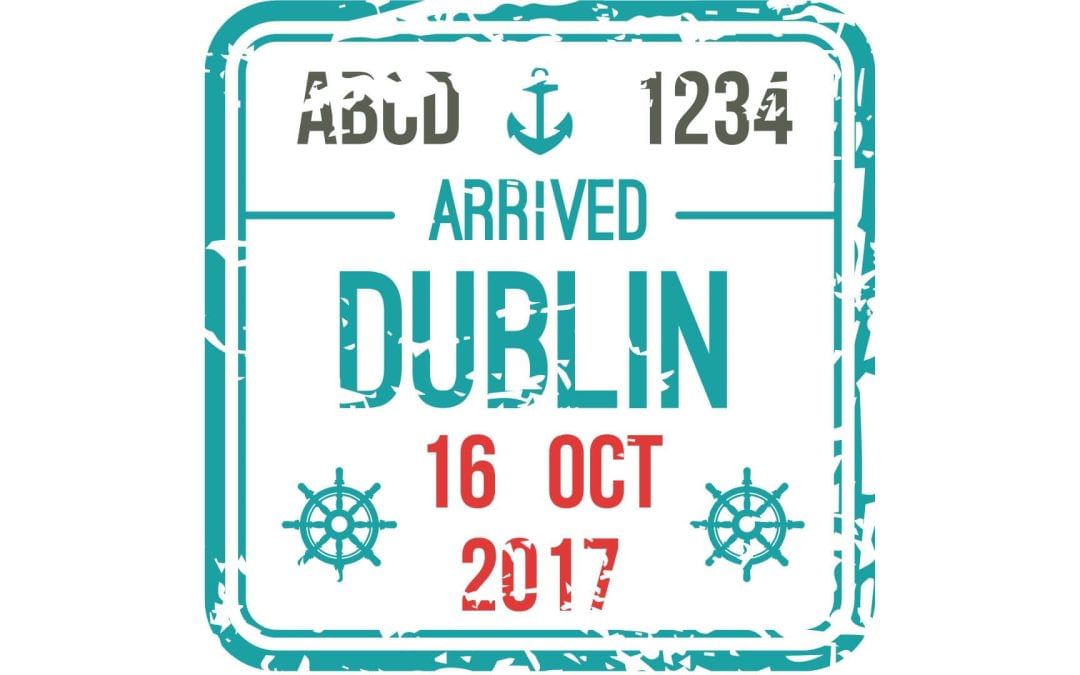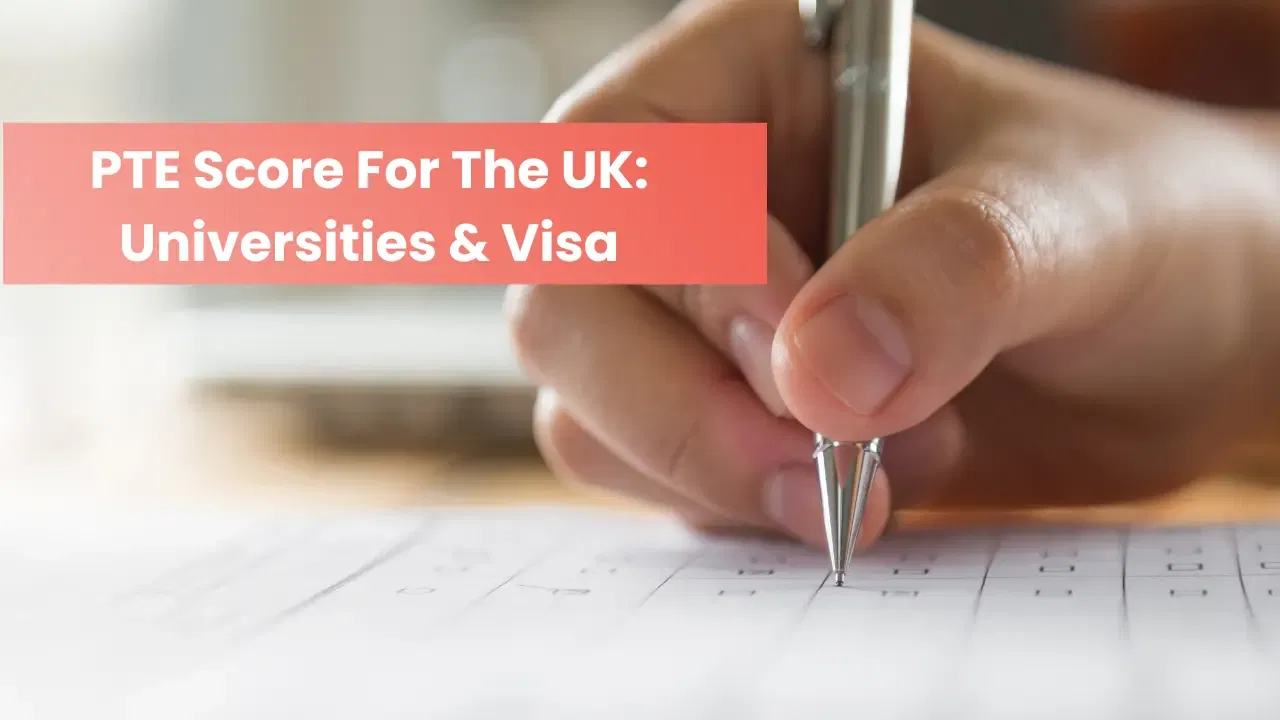When applying for a Canadian visa to study in the country, you may find it challenging to differentiate between SDS and Non-SDS categories. SDS, previously known as the Students Partner Programme, is available to select countries such as India, Brazil, etc. Non-SDS is a standard application procedure for temporary residency in Canada for purposes such as work, study, and immigration. All international travellers are welcome, regardless of where they come from.
In 2023, Canada crossed the 1-million mark for international students. At around 37%, Indian students consist of the major international student population visiting Canada on a study visa. In this guide, we will talk about the contrast between Canada SDS and Non-SDS visa applications.
What Is SDS?
Immigration, Refugee and Citizenship Canada introduced the Student Direct Stream (SDS) programme to expedite the visa application process. This programme not only expedited the visa process but also improved its efficiency and convenience.
SDS allows individuals to obtain their visas in a time frame of 4-6 weeks. Additionally, if a qualified student uses SDS to apply, it is probable that the application will be finished within 20 days of being submitted.
What Is Non-SDS?
The general visa process, also known as Non-Student Direct Stream (Non-SDS), applies to individuals from all countries who wish to study, work, or live in Canada. It is a more comprehensive process in comparison to the Student Direct Stream (SDS) and requires additional documentation.
The non-SDS visa process is longer ier and involves submitting more supporting documents than the SDS process. This is one major distinguishing factor of the SDS and Non-SDS Canada application programmes.
Difference Between SDS And Non-SDS Visa Canada Applications
The visa processing time, eligibility and many other factors serve as differentiators for the SDS and Non-SDS processes. The primary differences between Canada SDS and Non-SDS visa applications can be well understood in the table represented below:
| Difference | SDS | Non-SDS |
| Visa processing time | 20 Calendar days* | 6-8 Weeks approx. |
| Eligibility | Applicable in Antigua and Barbuda, Brazil, China, Colombia, Costa Rica, India, Morocco, Pakistan, Peru, Philippines, Senegal, Saint Vincent and the Grenadines, Trinidad and Tobago, Vietnam | Applicable to all countries |
| Documentation | Brief | Extensive |
| Process | Streamlined and efficient | Lengthy and confusing sometimes |
| Medium | Online (only accepted online) | Can be submitted offline |
| Success rate | 71%* | 40%* |
Language Scores Accepted For SDS Visa Applications
While IELTS has been accepted for the study permit programme since the beginning, the Immigration, Refugees and Citizenship Canada (IRCC) has introduced some changes for IELTS test takers.
- For the SDS visa programme, applicants who take the IELTS will need an overall band score of 6.0.
- Those who opt for the IELTS General Training test will need to achieve a minimum band score of 6.0 in each individual skill: Listening, Reading, Writing, and Speaking.
The IRCC has set the following overall SDS permit score requirements for academic tests:
| Test | Required Score |
| Academic IELTS | 6 |
| CAEL | 60 |
| TOEFL iBT | 83 |
| PTE Academic | 60 |
It is important to note that a PTE Academic score of 60 is equivalent to an IELTS band score of 6.5 to 7.0, which is a higher band than the required score for PTE.
Documents Required For SDS Visa Application
Both the Canada SDS and non-SDS applications require a certain set of documents to be submitted. These documents serve as evidence of their academic qualifications, financial resources, and overall eligibility for the programme. Here is list that outlines the key documents that applicants must provide when applying for the SDS visa:
- Official academic transcripts, including the 12th mark sheet
- At least 55% aggregate marks for undergraduate courses
- Undergraduate degree or advanced diploma, with a minimum of 50% or above for postgraduate courses
- Statement of Purpose (SOP)
- IELTS with a minimum overall band of 6.0 for undergraduate courses
- IELTS with an overall band of 6.5 for postgraduate courses
- Offer letters from colleges falling under the SDS programme
- Guaranteed Investment Certificate (GIC) of $10,000 (INR 7.4 lakhs) to cover the cost of living
- Digital Photographs
- Proof of previous work experience (if applicable)
- Receipt of tuition fees paid to the institution
- Proof of necessary medical tests
- Visa application fees of $150
Application Process For SDS Visa Application
To expedite the processing of your study permit, it is necessary to submit your application through the online platform. A paper application for Student Direct Stream does not exist. Hence, ensure that you organise all your paperwork before submitting your application. Here is the process you need to follow:
- Step 1: Refer to the instruction guide for completing the application form accurately.
- Step 2: Have a scanner or camera readily available to create digital copies of your supporting documents.
- Step 3: Ensure you have a valid credit or debit card to make the necessary payment.
- Step 4: Provide your biometrics. Visit the official website, answer the required questions, and submit the biometric fee.
Documents Required For Non-SDS Visa Application
A complete set of documents must be provided by students applying for the Non-Student Direct Stream (Non-SDS) visa process to prove their eligibility for studying in Canada. These documents serve as proof of educational achievements, financial stability, and other important parameters. The list below provides the essential documents needed for the Non-SDS visa application.
- Official records of academic history, including the 12th grade report card.
- A minimum of 55% overall marks in undergraduate studies.
- Bachelor’s degree or postgraduate certificate.
- Students need to have at least 50% or higher in order to enrol in postgraduate programmes.
- Minimum IELTS score of 6.0 required for undergraduate programmes and minimum overall band score of 6.5 required for postgraduate programmes.
- Letter of acceptance from the universities included in the Non-SDS category.
- Evidence of prior employment history and recent salary statements for the last 3 months.
- Proof of financial security.
- Tax documents like income tax returns or form 16 from either the candidate or the sponsor.
- Acknowledgement of payment for education expenses.
- Medical test reports
- The cost for applying for a Visa is $150.
Application Process For Non-SDS Visa Application
There exists a fine difference between the Canada SDS and Non-SDS application processes. The process is quite streamlined which can essentially be conducted online. Here are the steps that you need to follow for a Non-SDS visa application:
- Step 1: Go to the CIC Canada official website and log in using your GCKey user ID and password. Agree to all the terms and conditions and complete the identification verification process.
- Step 2: Open your application and input the personal reference code. If you are missing the code, assess your eligibility by answering a few questions and submitting an online application.
- Step 3: Once you have completed all the questions, a pop-up will appear to determine your eligibility. If you meet the requirements, then you can proceed to the next stage.
- Step 4: Review your application and submit it finally.
List Of SDS Colleges In Canada
Canada is one of the most sought-after countries for academic excellence and thriving career opportunities. It attracts a large volume of students every year due to the presence of some leading universities offering diverse programmes. However, attaining a Canadian visa for international students requires a certain set of eligibility criteria that needs to be fulfilled. Here is a list of some renowned institutions in Canada that are a part of the SDS programme:
| College | Average Fees Per Year (CAD) | Location | General Eligibility |
| Sheridan College Institute of Technology & Advanced Learning | $16,000 – $20,000 | Oakville, Ontario | Bachelor’s degree or equivalent with minimum GPA requirements |
| George Brown College | $16,000 – $20,000 | Toronto, Ontario | High school diploma or equivalent, English proficiency |
| Humber College Institute of Technology & Advanced Learning | $16,000 – $20,000 | Toronto, Ontario | High school diploma or equivalent, programme-specific requirements |
| Red River College of Applied Arts, Science & Technology | $12,000 – $16,000 | Winnipeg, Manitoba | High school diploma or equivalent, English proficiency |
| Niagara College | $14,000 – $18,000 | Niagara-on-the-Lake, Ontario | High school diploma or equivalent, programme-specific requirements |
| Parkland College | $12,000 – $16,000 | Yorkton, Saskatchewan | High school diploma or equivalent, English proficiency |
| Fleming College | $14,000 – $18,000 | Peterborough, Ontario | High school diploma or equivalent, programme-specific requirements |
| Loyalist College of Applied Arts & Technology | $14,000 – $18,000 | Belleville, Ontario | High school diploma or equivalent, English proficiency |
| Canadore College | $14,000 – $18,000 | North Bay, Ontario | High school diploma or equivalent, programme-specific requirements |
| Vancouver Island University | $16,000 – $20,000 | Nanaimo, British Columbia | High school diploma or equivalent, English proficiency |
| Northern Lights College | $12,000 – $16,000 | Dawson Creek, British Columbia | High school diploma or equivalent, programme-specific requirements |
| Columbia International College | $14,000 – $18,000 | Calgary, Alberta | High school diploma or equivalent, English proficiency |
| Lakeland College | $12,000 – $16,000 | Vermilion, Alberta | High school diploma or equivalent, programme-specific requirements |
| Northern Alberta Institute of Technology | $16,000 – $20,000 | Edmonton, Alberta | High school diploma or equivalent, English proficiency |
| Lasalle College | $16,000 – $20,000 | Montreal, Quebec | High school diploma or equivalent, French or English proficiency |
| Seneca College of Applied Arts & Technology | $16,000 – $20,000 | Toronto, Ontario | High school diploma or equivalent, programme-specific requirements |
| Sault College | $14,000 – $18,000 | Sault Ste. Marie, Ontario | High school diploma or equivalent, English proficiency |
| Northern College | $14,000 – $18,000 | Timmins, Ontario | High school diploma or equivalent, programme-specific requirements |
| Mohawk College of Applied Arts & Technology | $16,000 – $20,000 | Hamilton, Ontario | High school diploma or equivalent, English proficiency |
It is important to note that the eligibility criteria and the average fees per year can vary depending on the university and the programme. For a more comprehensive list of the SDS colleges in Canada, it is advisable to refer to the official Immigration, Refugees and Citizenship Canada (IRCC) website.
Why Choose SDS Visa Over Non-SDS Visa?
Candidates in the SDS stream do not need to submit a large number of documents to demonstrate financial eligibility. In contrast, there are a greater number of documents in the Non-SDS approach. The SDS method is more efficient and hassle-free than procedures that are not SDS-based. The total time taken is approximately 45 days.
Thus, choosing between the Canada SDS and Non-SDS visa application processes is an important decision for international students planning to study in Canada. While the Non-SDS route is open to students from all countries, the SDS programme offers a streamlined and efficient approach for students from select countries.
FAQs
What is SDS category in Canada?
Immigration, Refugee and Citizenship Canada introduced the Student Direct Stream (SDS) programme to expedite the visa application process. This programme not only expedited the visa process but also improved its efficiency and convenience. SDS allows individuals to obtain their visas in a time frame of 4-6 weeks.
Can I apply for the SDS visa offline?
No, SDS visa applications can only be submitted online. There is no option for a paper application.
Can I go to Canada with 5.5 IELTS band?
There are certain universities which may accept a 5.5 IELTS band score. However, this will depend on the university and the programme of study.
What are some of the SDS colleges in Canada?
Some renowned SDS colleges in Canada include Sheridan College, George Brown College, Humber College, Red River College, Niagara College, and Seneca College, among others.
Can SDS be rejected?
International students are required to appear for entrance exams (IELTS) and get the mandatory score when applying through the SDS. If you fail to meet the specific criteria, it may result in a student visa rejection.
We hope you liked reading this blog post. For more such interesting reads, here are some suggestions:















0 Comments